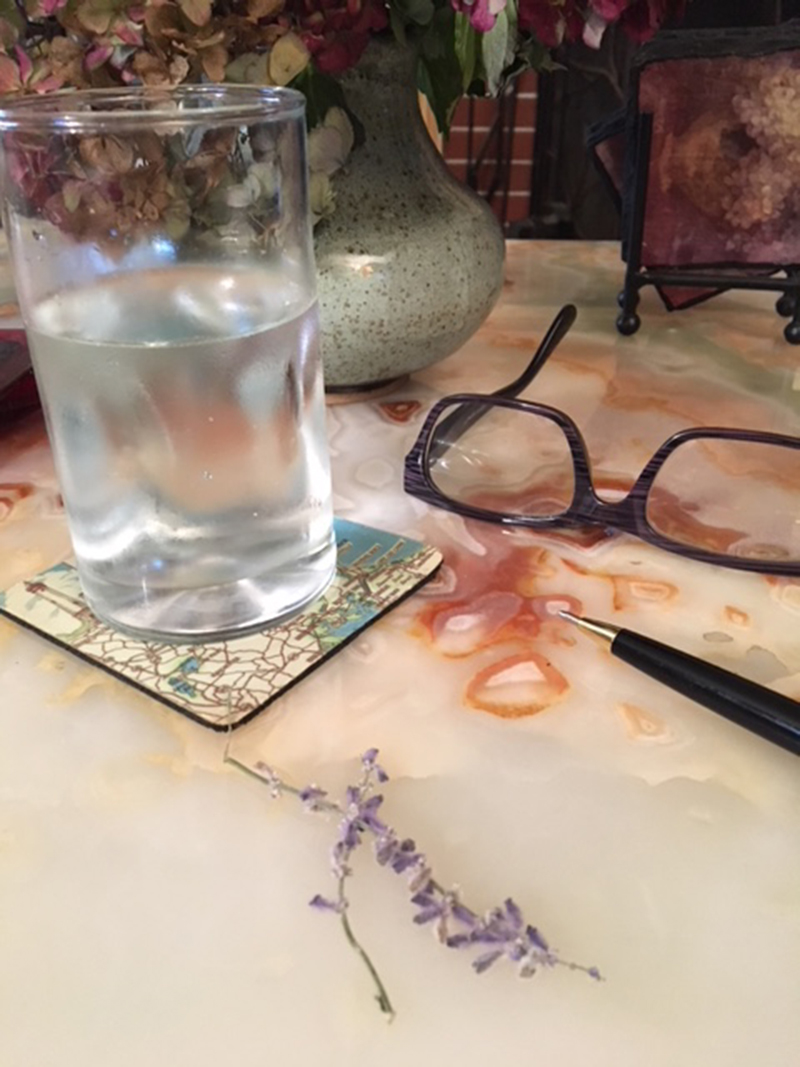I teach several basic traditional poetic forms: the sonnet and the ode, for example, as exercises in understanding how poetry was born from music.
I think understanding the history of writing in all its various forms, lyrics, poetry, the essay, the short story, and the novel, are important to understanding art. In Liberal Arts, students are required to take a basic writing class to learn and practice writing. To learn and more fully know the basics of writing in each writing form. I tell students, just as it is important to understanding the roots of music in all its various forms, it is important to look at the roots of writing forms as well. Liberal Arts is about learning to understanding the origins and history of each art. I teach writing as an art with various forms.
Thus, the benefit of a liberal arts education is it gives students a broader lens to all the arts. It can allow a way of “seeing” oneself as an artist in a larger artistic community that moves beyond only studying music. Wide reading and understanding writing, in all its various forms, gives perspective that is attainable without wide travel.
The Ode, a traditional poetic form is related to music in its origins. Created by Greek poet Pindar (522-422 B.C.) odes were originally written for special occasions and were sung by a chorus and sometimes also danced to. The tone is exalted and intense. It was also originally written as an invocation, prayer or myth. It featured a formal beginning and then the invocation, and it had an oral quality. Finally, it came to some kind of conclusion. Edmund Goose writes about the Ode as being “…enthusiastic and exalted lyrical verse directed to a fixed purpose and dealing progressively with one dignified theme.” Historically, it followed complicated metrical and stanzaic patterns, but it evolved through time and became more.
The ode has many modern versions. Sharon Olds, the confessional poet has a whole book of Odes which I talk about and show students. I then read all her titles, which are quite bawdy. Students find them funny.
Next, I introduce “Ode to My Socks” by Pablo Neruda because it is light-hearted and accessible, yet ends with a literary “nod” to John Keat’s “Ode on a Grecian Urn” which is often taught in high school. I read aloud the last five lines of Keat’s ode: and then read aloud Neruda’s poem “Ode to My Socks” to discuss as a model.
I point out how Neruda’s ending in his poem creates a kind of literary “echo” of Keat’s final lines: “When old age shall this generation waste/Thou shalt remain, in midst of other woe/Than ours, a friend to man, to whom thou say’st/”Beauty is truth, truth beauty,– that is all/Ye know on earth, and all ye need to know.”/ –John Keats
Neruda’s ending rifs off of Keat’s: The moral/of my ode is this:/beauty is twice/beauty/and what is good is/doubly/good/when it is a matter of/two socks/made of wool/in winter./ –Pablo Neruda
As a writing teacher, I sometimes do my own assignments. When students are provided time to compose their poems, I try out my own exercise.
An example of my poem “Ode to Lavender” below illustrates how I created my own literary nod or “echo” to Neruda’s, riffing off his ending.
During one class, I noticed a previous student left two lavender twigs, and suddenly my ode was born:
in my classroom
and spied
laid gently on
the shiny black piano
two small twigs
of lavender.
Tiny violet blooms
with dusty green leaves
laid in waiting
for me
to pick them up.
I raised them
to my nose
and breathed in
the subtle scent
that can cause
eyes to rest
and people to sleep.
They looked so dainty
and innocent.
Two vulnerable
unexpected guests
who arrived
and were abandoned.
In some way
now they are my stems.
But little did they know
they were
to be found,
raised up and glorified
by a weary professor.
Like nuggets of gold
found by a persistent
excavator, who stands
in streams searching.
These little twigs
were accepted as a gift.
The moral of my ode
is to live simply
for the sudden
and found beauty
and to each day
raise up these small gifts
to glorify.






